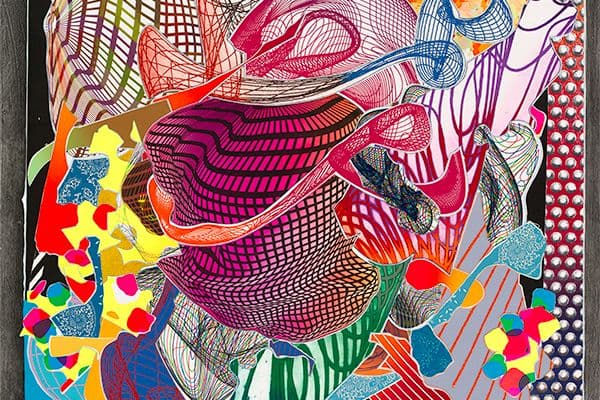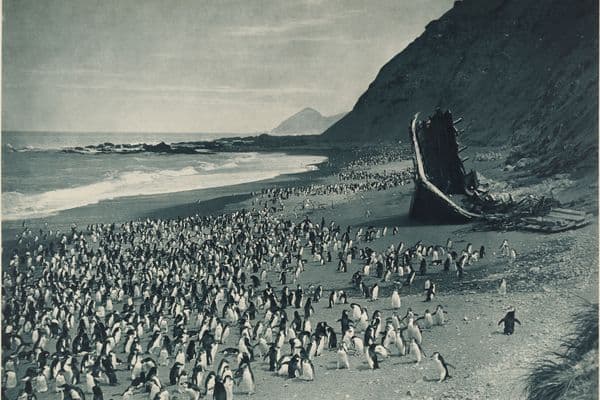Facing Facts
Documentary Photographs
6 Aug 1988 – 20 Nov 1988

Arthur Rothstein, Dust is too much for this son of a farmer in Cimarron County, Oklahoma., 1936, National Gallery of Australia, Kamberri/Canberra, Purchased 1981.
About
This exhibition brought together a wide range of twentieth-century documentary photographs from the collection of the Australian National Gallery. The works on show were made by artists from Europe, the United States and Australia, all of whom share a belief in the camera's ability to lay bare reality and to capture the truth.
However, these diverse photographs are not objective records. They are the result of innumerable decisions made by the photographer about the subject, emphasis, timing, printing and, in many cases, presentation of an image.
curatorial introduction
Facing Facts comprises social documentary work, photographs taken for various government agencies, street photography and examples of photojournalism. The earliest photographs on display are by Lewis Hine, who between 1907 and 1926 documented child labour abuses in the United States. He was using photography to facilitate social reform, and he gave his photographs factual captions — sometimes with extended descriptions — so that image and text could be read together as a case study.
Many of those represented in the exhibition took pictures for government agencies. In the late 1930s Berenice Abbott worked for the United States' Works Progress Administration and was involved in documenting the faces of New York City — for example, its buildings, its transportation, and its shops. Her photographs provide a veritable catalogue of information, akin to that produced by her mentor, the French photographer Eugène Atget, at the turn of the century.
A large body of work on display was produced for the American Farm Security Administration (FSA) project, one of the schemes set up under Franklin D. Roosevelt's New Deal Program. In order to document the rural distress resulting from poor farming practices and the impact of the Great Depression, the Head of the FSA, Roy Stryker, employed a team of photographers — among them Walker Evans, Arthur Rothstein and Ben Shahn — to photograph rural conditions in various regions of the United States, especially in the south-eastern states. Stryker often instructed his photographers on the type of photographs required and in some cases even provided captions for the images.
The pictures produced under the aegis of the FSA project are invariably stamped with the photographer's individual style and preoccupations. Many of Ben Shahn's pictures show a fascination with quirky compositions. He frequently used a right-angle viewfinder so that his subjects were unaware that they were being photographed. His pictures have a certain spontaneity — even when the compositions appear to have been arranged. By contrast, Walker Evans's deliberately composed photographs are absolutely still. Evans's prints are filled with light that transforms even the most impoverished settings into beautiful images — visions not necessarily shared by those living there. Arthur Rothstein often favoured a more symbolic mode, exemplified by his image of a skull on parched earth, obviously a representation of drought.
The exhibition includes a group of photographs taken in Australia during the second world war, when the documentary movement flourished. With the outbreak of yet another war, artists in various media, especially in film and photography, became concerned with interpreting contemporary experience. While they described their subjects in sharp, crisp images that made no concessions to prettiness or the past, many of these photographers and film-makers employed a style that heroicized their subjects for political purposes and for propaganda. Among those involved in the documentary movement were Edward Lefevre Cranstone, Max Dupain, Axel Poignant and Geoffrey Powell.
Both Dupain and Powell photographed war-time workers; Dupain portrayed women in traditional and non-traditional occupations. Cranstone adopted a more dramatic style for the studies he produced for the Public Relations Department of the Allied Works Council, represented here in the albums Design for War, c.1943. Cranstone's subjects were men aged between twenty-five and fifty-five who had been excluded from military service and were employed in the Civil Construction Corps to build strategic aerodromes, roads and so on. These 'typical Australians' were heroicized at their back-breaking work in strong compositions which showed the influence of Russian revolutionary images.
Margaret Michaelis's works also display a clear social purpose. Her photographs of an impoverished area in Barcelona were taken to document the need for a major redevelopment project proposed by a group of progressive architects. When General Franco came to power the project was abandoned, and Michaelis fled Barcelona in 1937.
Bill Brandt's photographs for the book The English at Home, 1936, forcefully demonstrated the inequalities in the British class system. Brandt favoured a dark printing style which emphasized the dismal conditions experienced by underprivileged groups, in particular miners and street children.
Also on display is work produced in the United States during the 1940s and 1950s by a number of photographers committed to the documentary credo — Louis Faurer, Leon Levinstein, Helen Levitt and Lisette Model. They often went into the streets to take unposed photographs of everyday scenes. Model's first exhibition in the United States was held in New York with the Photo League (1936–1951), an organization which championed the use of documentary photography to effect social change. Weegee also first exhibited with the League. His uncompromising photographs of various urban disasters were published regularly in the New York newspapers.
A number of other documentary images featured in the exhibition were produced for publication. German-born Felix H. Man was one of the first photojournalists to depict contemporary life. Man pioneered the use of the Ermanox camera which, like the lightweight Leica, became available in 1924. The fast lens of the Ermanox dramatically expanded the pictorial opportunities available to photographers, and Man realized its potential to produce photographs inside without resorting to long exposures or the use of flash. He photographed quite ordinary scenes as well as making portraits of some of the celebrities of the day. Man's pictures appeared in the popular illustrated magazines which began publication in the 1920s and flourished until the 1950s, when television took over many of their functions.
French photographer Henri Cartier-Bresson roamed the world with his Leica camera, and many of his photographs were subsequently published in magazines. His works often captured decisive moments, for instance when a Nazi informer is recognized by a woman she had denounced in a deportation camp in Germany.
The emphasis of the photo-essays in such widely circulated picture magazines as Harper's Bazaar, Life and Picture Post (and equivalents in other languages) was invariably on human interest. Australian photographers David Potts and David Moore, who both worked in London during the 1950s, had their photographs published in the major magazines of the period. Moore's concerns were with people and the ways in which they were affected by, or interacted with, their environment.
Photographers for the German communist weekly magazine Arbeiter Illustrierte Zeitung (or AIZ), of which the Gallery Library has an important collection, believed that they were providing a 'truer' picture of life and work than that presented by the bourgeois press.
In most of the photographs so far discussed there has been no apparent manipulation or glamorization by the photographer of either the scene or the print, the implication being that the photograph is a faithful transcription of reality. Yet some documentary photographs were obviously manipulated. In W. Eugene Smith's photographs, for example, scenes seem staged and static — often as a result of his dramatic use of artificial light — and his prints are interplays of carefully controlled dark and light tones. Many of Smith's photographs appeared in Life magazine.
This exhibition demonstrates that documentary photographs can be made for many purposes and from many points of view. Even though documentary photographs deal with the real rather than the imaginary world, and are concerned with facts rather than with fantasy, they are clearly the result of a myriad of conscious and unconscious decisions made by the photographer. While a great deal of recent discussion has centred on the ethics of documentary photography — in particular the tendency for photographers to exploit exotic subjects — the genre continues to be a vital area of activity.
Helen Ennis
Curator of Photography











